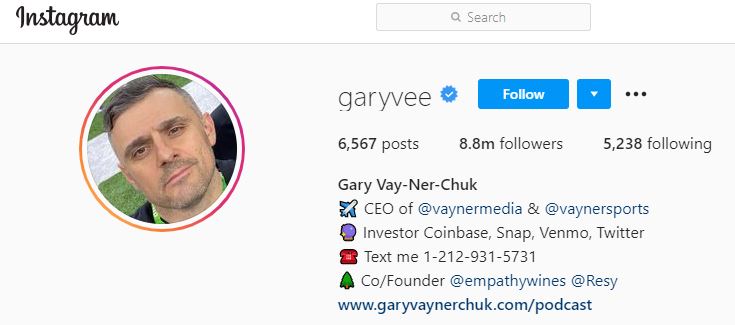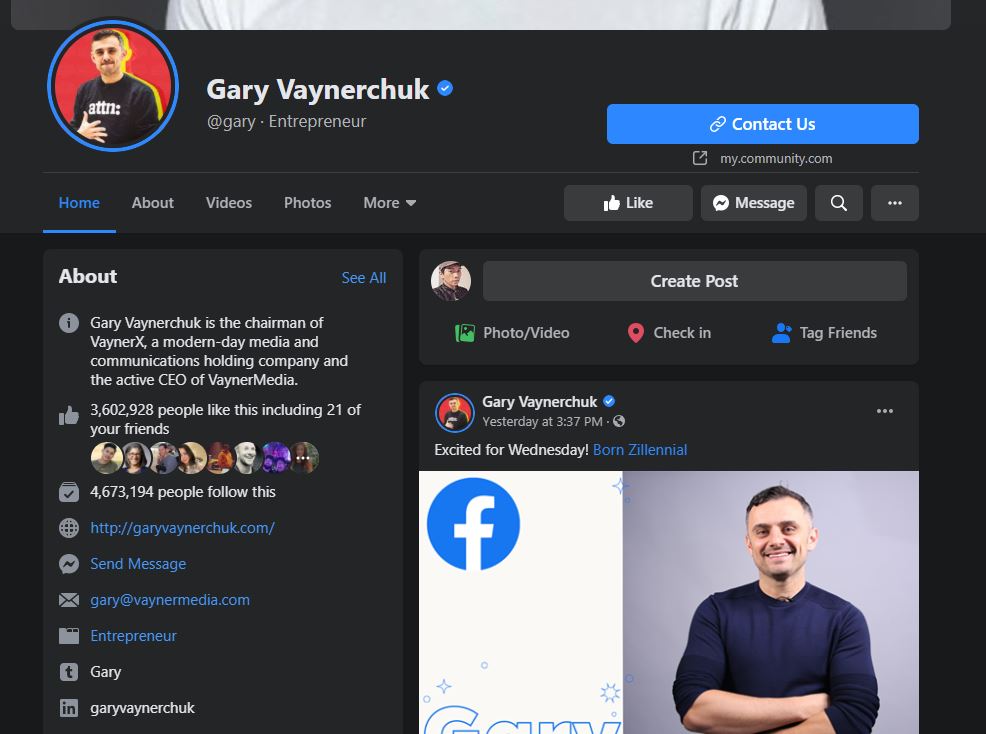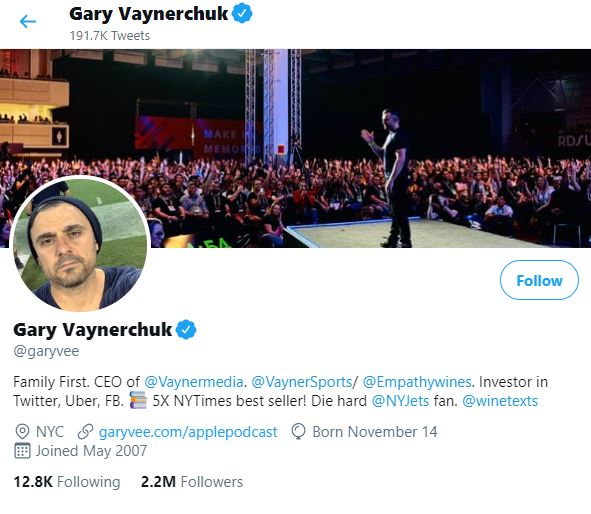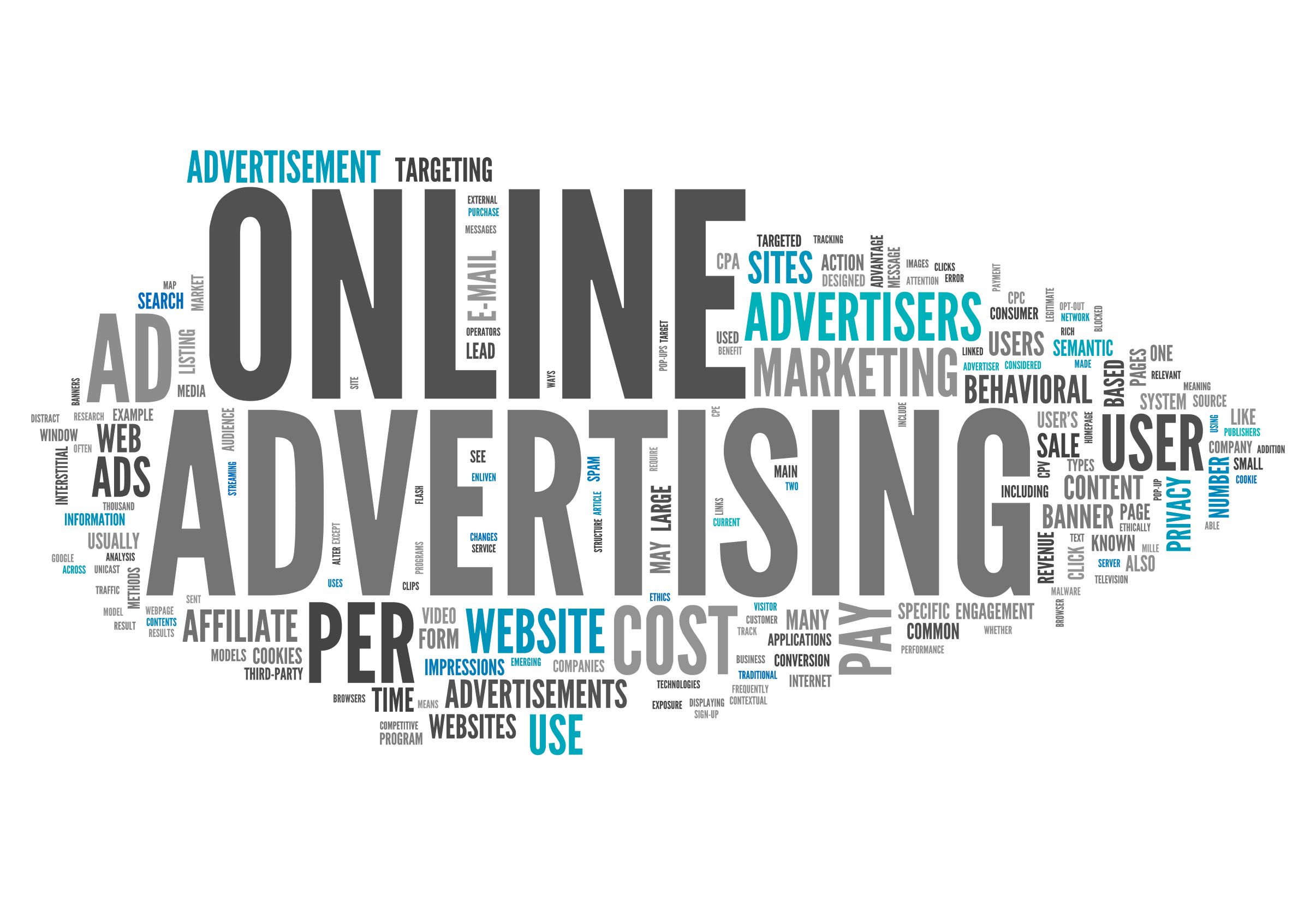
If there’s anything the 2020 pandemic has taught us, it’s that e-commerce is the future. More and more people are becoming comfortable doing almost everything online.
That includes shopping.
And if you have a brick-and-mortar store… that’s great! But know that you can explode your revenue by having an online presence. In fact, if you have a great online presence, it’s likely you’re marketing your brand at an exponential rate that you’re having problems keeping up with the traffic that’s coming in. (It’s a good problem compared to NOT knowing if there’s gonna be enough customers to keep you afloat.)
Having an online presence is critical to your business’s success. Because times are changing. And it’s changing rapidly. Keep up or you’ll be left behind.
But which areas should you focus on?
Well, in this article, you’ll learn 7 major areas that will instantly boost your online presence.
1. SEO
First on the list is Search Engine Optimization. It’s about how people search for keywords online. And it plays a key role in attracting qualified leads to your website.
I’m sure you can agree… when people want to know something about almost anything, they search for it online. This is especially true when they’re shopping. Actually, even when they’re not shopping and they’re only searching for a solution to their problem, sometimes they end up seeing a product that could ease their concerns. And that leads to a sale.
It’s all because of SEO. Search engines help direct the most relevant web pages the users are looking for. Of course, there are many… MAAAAANNNNYYYY relevant pages. So the search engines have to rank the pages accordingly.
Web pages that rank the highest get to be on the first page of the search results. And this means the ones on the first page get to have more exposure than the ones that rank low.
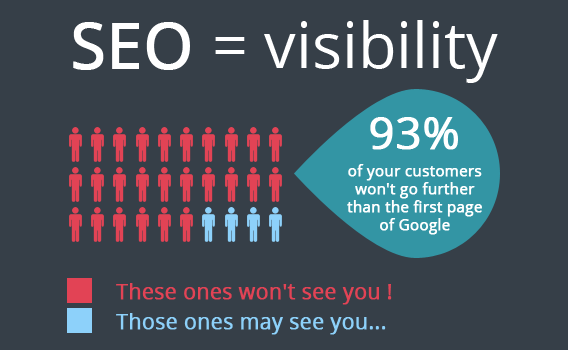 For you… this means your SEO game should be on point. Because more exposure means more leads. More leads means more opportunities to make sales.
For you… this means your SEO game should be on point. Because more exposure means more leads. More leads means more opportunities to make sales.
According to SEO ninja Brian Dean, there’s a way to quickly grab the Google search engine ranking in your niche market.
The prerequisite for this is that you have a running website that’s producing content on a fairly regular basis. (At least once a week.)
Here’s the step-by-step process:
- Create infographics that solve today’s relevant problems
- Find relevant authority figures and ask them for their thoughts on certain topics that involve your business
- Create useful and informative content that people will want to share with their family or friends
- Ask the sharer to connect back to your website, blog, or platform
Here’s an example…
You’ve found out there are many amateur make-up enthusiasts wanting to compare different brands or products on the market. This is your chance to use detailed comparative information for various types of products or well-known brands. Your infographic will serve those users well because you know they’re looking for a solution online.
In short, find out what people are craving for, then serve them exactly what they want. It really is like serving water bottles in the desert. If there are people searching for the keywords you’re using, slowly but surely people will gravitate towards your website. Search engines will take note of this. And in effect, your website will rank higher and higher.
For reference, click here to read a beginner’s guide to SEO.
2. Content Marketing
Next is content marketing. It’s all about providing timely and valuable information.
Imagine… every time you encounter a bottleneck in marketing, you only need to enter the relevant keywords and voila! You’ll see someone’s solution that will hold your hand every step of the way. And there’s no guessing involved. Just follow the instructions and you’ll arrive at your preferred destination.
With that kind of content, not only will you save time, but it will also solve the implementation problems for you. Through screenshots, text descriptions, and even videos… The right content will give you value (usually) for free.
And it’s the same with your potential customers. They have problems and they’re also looking for solutions. Now, you have a business and it provides solutions, yes? But your potential customers might not know you yet. And if they don’t know you, then they don’t trust you (yet).
To bridge that gap between you and them…
To show that you’re an expert they can trust…
Offer valuable content and take your content marketing seriously. There have been many times when the superior product/service didn’t get acknowledged because the company wasn’t able to position itself as an expert in the field. It wasn’t providing enough proof (content) to the target audience. The company wasn’t top-of-mind.
 On the contrary, if you provide valuable content regularly, people will notice you.
On the contrary, if you provide valuable content regularly, people will notice you.
“Oh, I keep seeing them and they always provide brilliant solutions to my problems. They must know what they’re doing. They’re experts. I’m going to trust them.”
If you keep providing your prospects value after value, slowly you’ll convert them into clients. And after that, if you continue to do a good job providing value, they’ll turn into your ambassadors. (Free marketing, basically. Who doesn’t want that?)
See how effective content marketing is? Not only that, but it also boosts your organic traffic and brand awareness.
And your content doesn’t have to be earth-shattering or unique.
For example…
Maybe you’re excellent at repairing all kinds of appliances. Or maybe you’re a genius at understanding and following IKEA’s how-to manuals. These and other minor problems are what people encounter in their everyday life. They need to know how to solve these problems. As long as your content is systematic, exciting, and interesting, you’ll have people reading your posts repeatedly.
Then, (as long as you’re giving valuable content) you’ll slowly cultivate your readers into fans. And some of your fans will turn into buyers.
3. Social Media Marketing
If your business doesn’t have any social media presence at the moment… you might want to change that. Because more and more people are using social media as their primary mode of communication. They’re also on Facebook, Instagram, Twitter, etc. spending countless hours scrolling through Infinity Pools (endless wells of content).
 So what does this mean? It means the main marketing channels have shifted in the last decade. Even celebrities make their official announcements on social media. This is not like in 2009 when the cool kids were avoiding Facebook like the plague. Now, virtually everybody has a Facebook account. (Some have too many FB accounts… with even questionable pictures, but that’s a topic for another day.)
So what does this mean? It means the main marketing channels have shifted in the last decade. Even celebrities make their official announcements on social media. This is not like in 2009 when the cool kids were avoiding Facebook like the plague. Now, virtually everybody has a Facebook account. (Some have too many FB accounts… with even questionable pictures, but that’s a topic for another day.)
Anyway… if you want to expand your brand’s reach… know where your target audience is hanging out. And in this fast-paced digital age, your prospects are likely using a social media platform.
So find out what they’re using. Here are some of the most popular platforms:
-
- YouTube
- Tumblr
- TikTok
- Snapchat
- Medium
 Each platform has its own “culture” and “language” and you need to familiarize yourself with what they are. People are used to seeing certain types of content on each platform. And you need to deliver your content based on what people want to see.
Each platform has its own “culture” and “language” and you need to familiarize yourself with what they are. People are used to seeing certain types of content on each platform. And you need to deliver your content based on what people want to see.
For example, Instagram is visual-based. It means the posts have to tell a story that would grab the attention of the prospects in an instant. This is also where you could flaunt your brand’s products — show the best angles and features.
Often, these social media platforms help businesses “tease” their prospects. For example, if you have a new product, like a book, you can post a few of its pages on social media and inspire your prospects to buy. (More like teasing, actually.)
And speaking of books… best-selling author Gary Vaynerchuk is a well-known figure in social media marketing. He has millions of followers online and he’s maximizing his opportunity to deliver valuable content every single day on different platforms. He even interacts with his fans.
The result? Every time he posts something online, millions of people get his content.
Now, wouldn’t you want something like that for your brand?
4. Paid advertising
Doing SEO and Content Marketing can take a while. If you want to boost your rankings and traffic immediately, you can try Paid Advertising.
It’s all about winning your ad space. You’re bidding against your competition for keywords that are relevant to your product or service. The more you pay, the higher your chances of winning your desired ad space. But that doesn’t guarantee your ads will rank the highest or will appear in front of your prospects. You still need to learn the nuances of keyword bidding.
The two predominant bidding avenues are PPC and CPM:
- PPC (Pay-Per-Click) – PPC is a type of Internet advertising that is used to drive traffic to websites. With PPC, an advertiser pays their platform (typically a search engine, website owner, or network of websites) each time their ad gets clicked.
- CPM (Cost Per 1,000 Impressions) – CPM is used to measure the effectiveness of an ad campaign by looking into the cost incurred for every 1,000 potential customers who view the ads.
As the Internet has grown, paid advertising has become detailed and diverse. Understanding the different types of ads you can use will be beneficial to you. Because you can’t just pay for every type of ad you can use. (Well… you COULD do that, it’s just gonna cost you a lot of money.)
Now… paid ads can be divided into two formats. You can choose between display and search ads for your brand’s unique purposes:
- Search Ads – Search or text ads show up on search engine results pages. Most of them blend into the search results, and you can tell they’re an ad if you see “ads” or “sponsored.
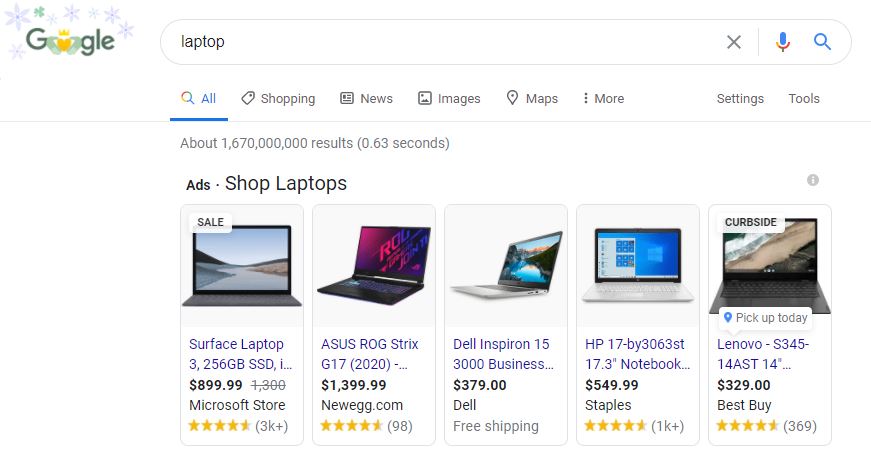
- Display Ads – Display ads appear around content on different web pages rather than on search results pages. An example of this is the ads you see while you’re scrolling on Facebook or Instagram. Display ads can be a powerful brand awareness tool, as they’re easy to personalize based on your target audience.
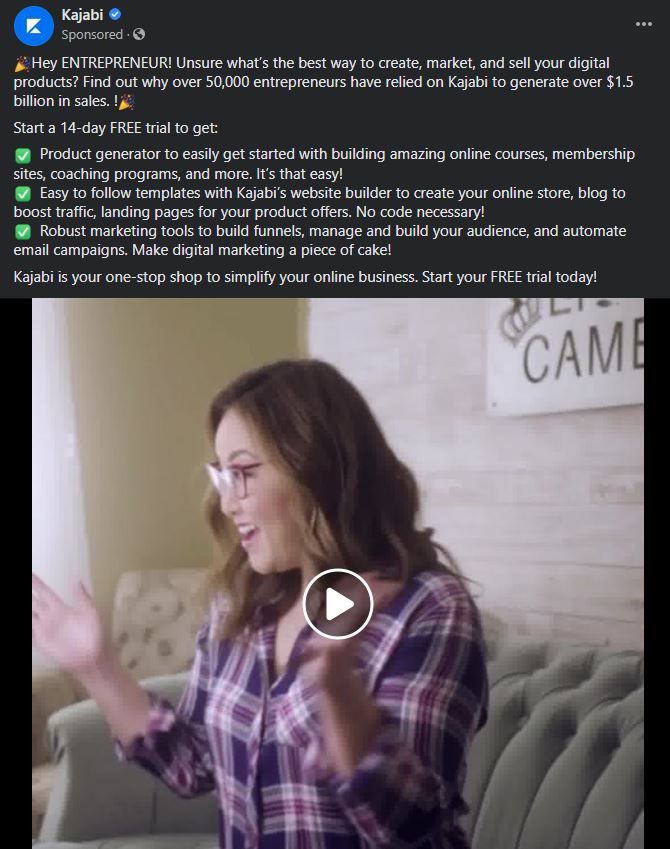

For more information about the basics of paid advertising, click here.
5. Affiliate marketing
Affiliate marketers help businesses share product links. The more businesses earn, the more affiliates earn. Affiliate marketing is also one of the most common ways bloggers earn money online. It is this method that allows business owners and Internet celebrities to seek their own benefits and maximizes marketing benefits — a mutually beneficial partnership. With good affiliates, businesses increase their product visibility and sales.
If you follow celebrities, bloggers, and influencers then you’re no stranger to affiliate marketing. They always promote various kinds of products. Also, anyone who promotes or endorses a product may have a set of specific discount codes. And if you’re interested in what they’re selling, you can use the discount code to… get a discount.
(I know… mind-boggling. But that’s just how it works. If you really like a certain product, try searching for affiliates first. They will likely have discount codes for you. In fact, if it’s a popular product, then someone is likely endorsing it. So always check for discounts before paying full price.)
Pat Flynn, a well-known expert in alliance marketing, sells information products on third-party platforms. The first product he promoted was an online course that taught people how to pass the LEED exam for architects. This course has successfully helped many people pass the exam. And since then, he’s been promoting other affiliate marketing products on his platform. From 2008 to 2015, he earned $80,000 in passive income:
6. Email Marketing
Although social media has become a hot spot for marketing in the past five years, email marketing is still alive and well when it comes to marketing channels.
Listen… some social media platforms will come and go. Like Vine. Remember those 6-second videos that launched a bunch of funny memes? Yeah, those were from Vine. It wasn’t that long ago when it was the “new kid on the block”. Now, people are more into TikTok.
So even if one social media platform becomes the most popular platform on earth, it’s a good idea not to put all your eggs in that one basket. Because you never know if or when one platform will overtake your favorite platform.
But do you know what won’t go away (at least not anytime soon)? Emails.
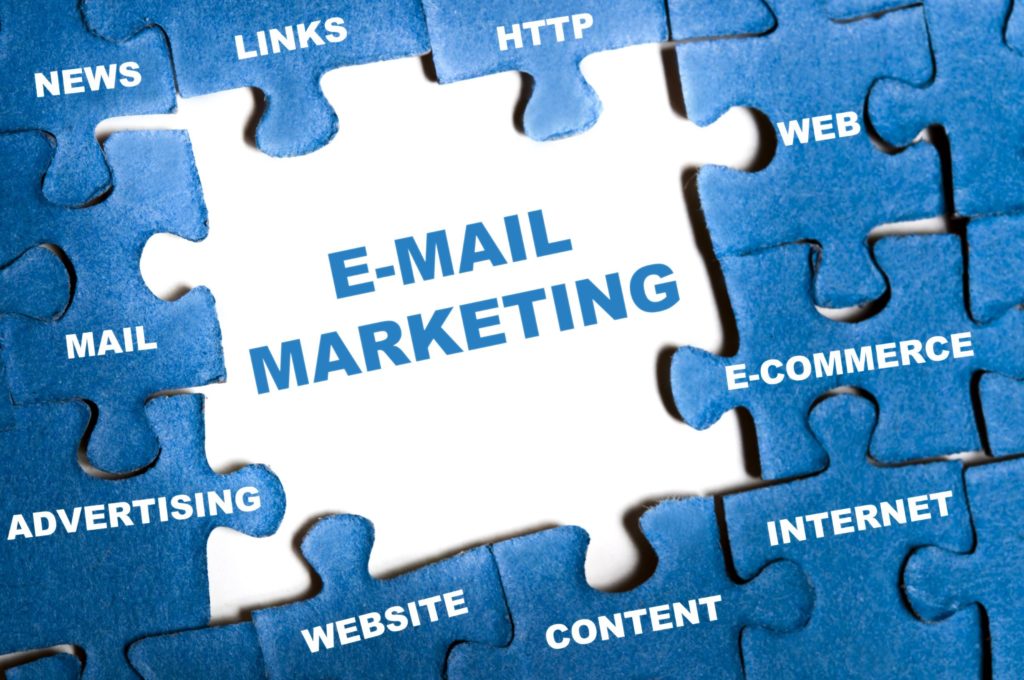 Email addresses are very personal. You could say that it’s part of one’s identity. You use it almost everywhere.
Email addresses are very personal. You could say that it’s part of one’s identity. You use it almost everywhere.
You sign up for something, you need an email address.
Forgot your password? You need your email address.
Someone’s giving a free PDF guide? Cool! Now try to download it. Oops! Looks like they’re asking for your email address.
Do you know why they’re doing this? Because they know that your email address is part of you. And you’ll check it every now and then (if not every single day).
It’s used everywhere, and it’s going to stick around for a while.
This means you can confidently invest in email marketing, and you’ll be able to build your list for as long as you’re operating your business.
And unlike social media platforms, you won’t have to worry about the constant changes in ad policies. Because different platforms have different policies and you’re subject to whatever they want you to do with your ads.
With emails, you have more flexibility. As long as it’s not spam, phishing, or illegal, you’re allowed to write persuasive email campaigns.
But it’s not always about sales. Sometimes you just want to provide good content for them. Tie it with your content marketing strategy. Over deliver. Provide value even if they’re not asking for it. They don’t have to pay for it, anyway.
Sometimes you just want to connect with your audience. Make it feel personal, you know? Show them you’re human, too. Because the more you communicate with them, the more they’ll remember you.
And if you get your email marketing right, you won’t have to worry about changing your strategy too often.
Email marketing is also used to re-target your audience. Based on their specific behaviors or responses to your emails, you can determine what their preferences are. For example, if a customer responds more often when you send emails regarding Product A, then based on data, you know that it’s a good idea to place this specific customer on your Product A email campaign list.
You don’t want to say exactly the same thing to all of your customers. Especially if you have 100,000 people on your list. What you want is to segment them and personalize the emails they’re receiving as much as possible so that you can maximize your conversion rate. After all, everybody’s different. You can’t expect an enormous amount of people liking a generic email that addresses everybody’s wants.
7. Chatbot
Chatbots are your tireless workers on your website.
They work for you when you’re working. They work for you when you’re sleeping.
Sounds amazing, right? Simply put, chatbots represent you in the chat window. But instead of you spending your precious time on a generic question, your chatbot can guide your prospects to the content they’re looking for.
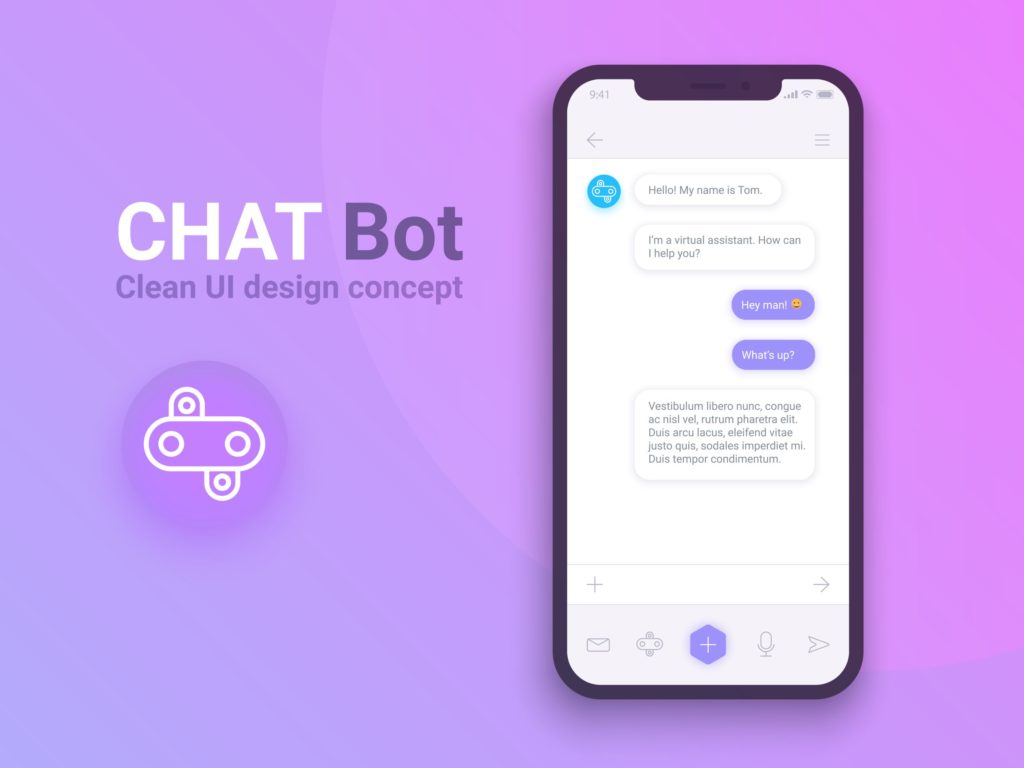 Okay, this is what you do…
Okay, this is what you do…
You gather all the frequently asked questions about you, your business, your website, and your product or service. Then arrange those questions in a logical order based on how your prospects might ask those questions. Then configure your chatbot to answer those questions.
What you’re doing here is anticipating all the possible questions that your prospect might ask you upon seeing your website. And since those questions are generic, predictable, frequently asked… you already know the answers.
It’s like customer service. Except chatbots don’t get tired.
So what’s happening here is, if you configure your chatbot correctly, it can turn your prospects into buyers.
Without effort.
Because it’s already showing your prospects which pages they should go to, what links to click on, how to download your free PDF files, etc.
In short, it’s providing value. And it can handle thousands of prospects simultaneously. If there’s a more complex matter, then you can configure your chatbot to direct the issue to a real live human.
See how much time and effort you’re saving by letting robots do the work for you? (It’s pretty cool.)
So don’t miss out on chatbots. You don’t necessarily need it if you’re just starting to build your online presence.
But… robots are here to stay. Better be comfortable with them and use them to your advantage.
Grow Your Business Online
After reading these about these 7 areas, you now have sharpened your sword and are ready to start your journey from a beginner in online marketing to an expert. Still, these areas can be confusing with all their nuances. And if you implement the wrong strategy, it can cost you a lot of money. And running a business might be taking up a lot of your time already. So if you’re looking to cut out your trial & error phase, and have experts guide you throughout the entire process, you can schedule a FREE strategy call here.

